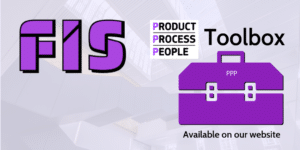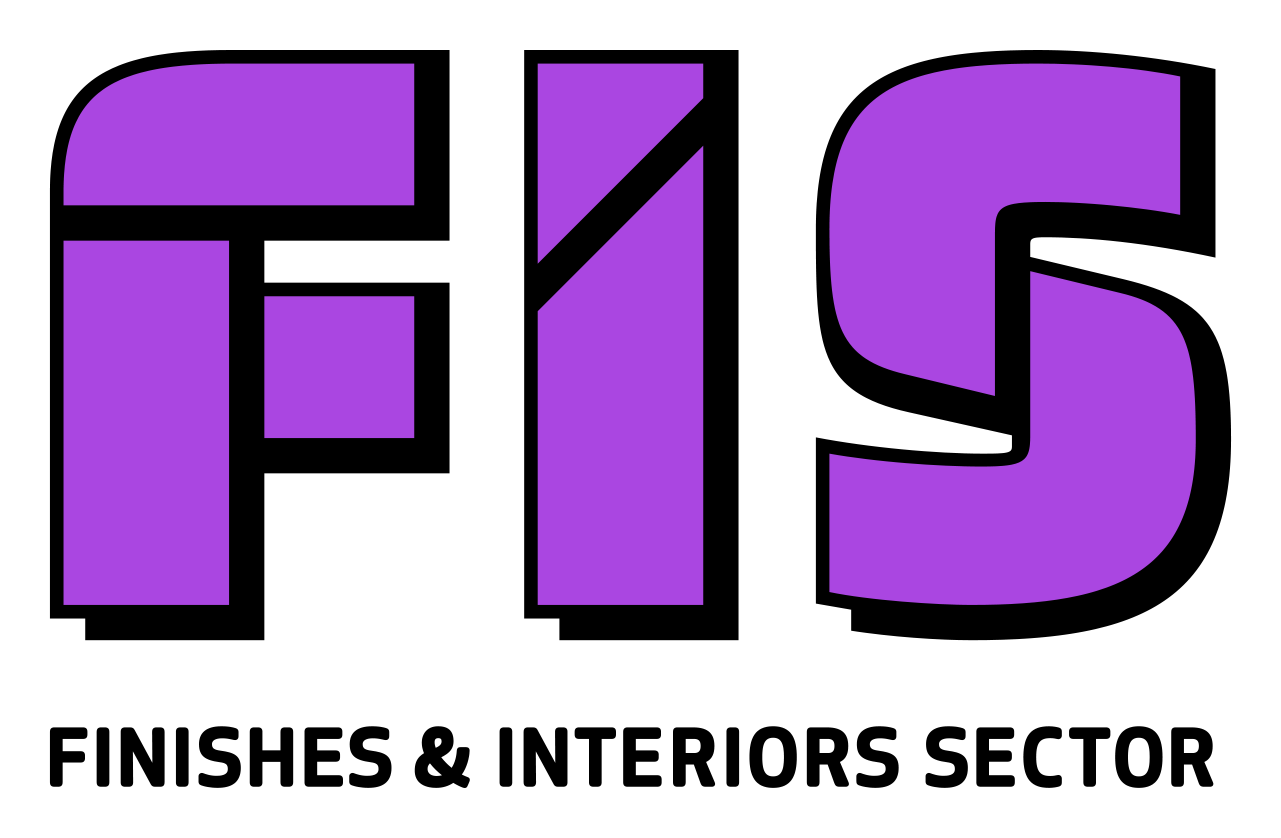Quality and Risk Management
FIS has been working with its members to address the issues of providing clear digital evidence of compliance and competence through an initiative called the FIS Quality Framework: Product Process People (PPP). This work is being developed and aligned to the changes in Regulation associated wth the introduction of the Building Safety Act.
Introducing the FIS Quality Framework: Product Process People (PPP)
Since the fire at Grenfell Tower and the interim report, FIS has been working with its members to address the issues of providing clear digital evidence of compliance and competence through an initiative called the FIS Quality Framework: Product Process People (PPP). This is a framework to evidence compliance by interogating product selection, presenting reports and using product delivery notes, supervision processes and site images to demonstrate correct installation.
Product: Keep records of the specification, test evidence, purchase orders and delivery notes
Process: Keep accurate sign off information to include dated site images of the installation, especially performance critical elements that will be covered up in the final build.
People: Record of competence for all involved in the installation of the interior system using records from their CSCS cards and their relevant qualifications and training.
FIS Product, Process, People (PPP) Risk Management Tool
 This tool has been created to help members embrace the thinking behind this quality framework and to encourage a culture of scrutinising risk in a structured way at the outset of a project. FIS will be reviewing this tool on a regular basis as a way of supporting members in unpicking the impact of the Grenfell Review process on their business. Members can download the FIS Product, Process, People Risk Management Tool via the link below
This tool has been created to help members embrace the thinking behind this quality framework and to encourage a culture of scrutinising risk in a structured way at the outset of a project. FIS will be reviewing this tool on a regular basis as a way of supporting members in unpicking the impact of the Grenfell Review process on their business. Members can download the FIS Product, Process, People Risk Management Tool via the link below
Supporting Information from FIS
- FIS RACI Matrix – The RACI model is a straightforward tool used for identifying roles and responsibilities and avoiding confusion over those roles and responsibilities during a project.
- The FIS Digital Toolkit has been developed to suppport the creation of a Golden Thread the Act also requires the creation of a Digital Information Management Plan.
- Dealing with non compliance issues – In the event that completed work has been identified as being non-compliant by a client, contractor or by a 3rd party specialist via a commissioned report, there are a number of steps that members should take which are somewhat universal to the type of construction and the nature of the complaint that should be followed.
- FIS Specifiers and Best Practice Guides – FIS produce a range of Specifier, Best Practice and Site Guides (including a new pre-construction guide to dry lining) to support the decisions in the sector and training for competency. To supplement this guidance FIS is working through our Working Groups and a new Walls as a System Group to challenge and identify and resolve any compliance issues that arise. FIS also helped to establish and continue to support the new Passive Fire Knowledge Group to help drive system thinking and a better supply chain approach to compliance
- FIS Association Integrated Management Standard (AIMS) – AIMS was developed with the assistance of the British Standards Institution (BSI), to help its members implement tried and proven methods of streamlining their company for the benefit of their business and its stakeholders. AIMS sets the parameters for FIS members to manage their internal controls to ensure that all reasonably foreseeable business risks are effectively managed and addressed. It provides a framework for implementing risk management systems that will help organisations to meet statutory and legislative requirements as a minimum.
- The FIS Acoustic Verification Scheme – In a bid to curb growing incidents of ‘passing off’ FIS has teamed up with Cundall Acoustics to develop an acoustic test certificate verification scheme. The scheme takes test data and reports and runs a series of checks to verify information is accurate and genuine.
- FIS Drylining Quality Checklist – This quality check list for drylining has been produced by members of the FIS drylining working group to help members assess risk during the project and provide a detailed quality check list throughout the installation process.
- FIS Technical Hub – Fire Safety – A summary of all support available from the FIS related to delivering fire safety through the construction process.
- Product Process People White Paper May 2018 – the initial discussion document produced to set process in motion to develop the FIS PPP Framework.
FIS Recommended Resources
- FIS overview of the Building Safety Act
- Dame Judith Hackitt’s final report, Building a Safer Future: Independent Review of Building Regulations and Fire Safety
- Dame Judith Hackitt’s interim report: Independent Review of Building Regulations and Fire Safety
- Setting the Bar – The second and final report of the Competence Steering Group [CSG] and is an update of its Interim Report, Raising the Bar, published in August 2019. The work was initiated by the recommendations in Dame Judith Hackitt’s review Building a Safer Future.
- Report on Edinburgh schools
- The acceptable tolerances or deviation for drylining and plastering are included within the workmanship clauses in a specification, but are they always standard or are enhanced tolerances being asked for as standard which can lead to disputes on site?
- BRE Report – assessment of FD30S fire doors installed for Stoke-on-Trent cit council redacted
- BRE Photographic survey of Fire doors for Stoke Feb 2013 Redacted
- Closing the Gap Between Design and As-Built Performance Evidence Review Report
- A Guide to Process Mapping
- Benchmarking
- Introduction to Procurement
- Lean Construction
- Partnering
- Quality Policy Statements
- Risk Management
- Supply Chain Management
- Value Management
- IT and Construction
